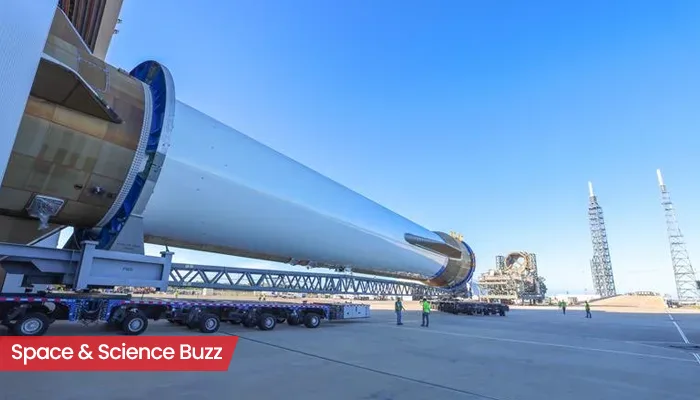Mission's Mars Objective
The ESCAPADE mission, spearheaded by NASA, aims to study the Martian magnetosphere. This scientific endeavor will utilize two small satellites to analyze
the interaction between the solar wind and Mars's atmosphere. Understanding this interaction is essential for comprehending the planet's atmospheric changes and its overall environment. The New Glenn rocket will serve as the launch vehicle, transporting the satellites and providing them with the necessary trajectory to reach Mars. The mission's data will contribute significantly to the broader understanding of planetary environments and the potential for future exploration.
New Glenn's Role
Blue Origin's New Glenn rocket is a crucial component of the ESCAPADE mission. The rocket, known for its reusable first-stage design, is engineered to deliver payloads into space efficiently and cost-effectively. Its capabilities are particularly suited for missions like ESCAPADE, which require precise orbital placement of the satellites. The rocket's design allows for vertical landing and reuse, aiming to reduce the expenses associated with space travel, which will promote more frequent and extensive space missions. The New Glenn rocket has the capacity to carry heavy payloads, ensuring that the required instruments for studying Mars can reach their destination without issues.
ESCAPADE's Satellites
The ESCAPADE mission will deploy two small satellites into orbit around Mars. These satellites are designed to work in tandem, providing comprehensive data on the planet's magnetic environment. The satellites are equipped with specialized instruments to measure the solar wind's impact on the Martian atmosphere and the resulting effects on the planet's magnetosphere. By analyzing the data, scientists intend to gain insights into Mars's atmospheric evolution. The collected information will be instrumental in determining how the Red Planet has changed over time and how these changes are related to its overall habitability, offering vital data for future Mars exploration initiatives.
Mission's Potential Impacts
The ESCAPADE mission holds significant scientific implications, contributing to a deeper comprehension of Mars's climate history and its current state. By gathering data on the Martian magnetosphere, the mission helps researchers understand how the planet's atmosphere has been affected by the solar wind over billions of years. This knowledge is vital for evaluating the possibility of past or current life on Mars. The success of ESCAPADE and similar missions would open up new opportunities for future robotic and human exploration, as well as contribute to improving space travel. The findings are expected to provide valuable insights that can be applied to comprehending other planets in the solar system.
Future of Exploration
The partnership between Blue Origin and NASA underscores the growing importance of collaborative efforts in space exploration. This collaborative approach pools resources and expertise to advance the boundaries of space science, making missions such as ESCAPADE achievable. As technology advances and understanding deepens, missions like these will become ever more vital in humanity's effort to broaden our horizons. Future developments in space exploration will require a variety of resources, including innovative designs and new launch technologies. The success of missions like ESCAPADE will undoubtedly shape the direction of future space exploration activities.




